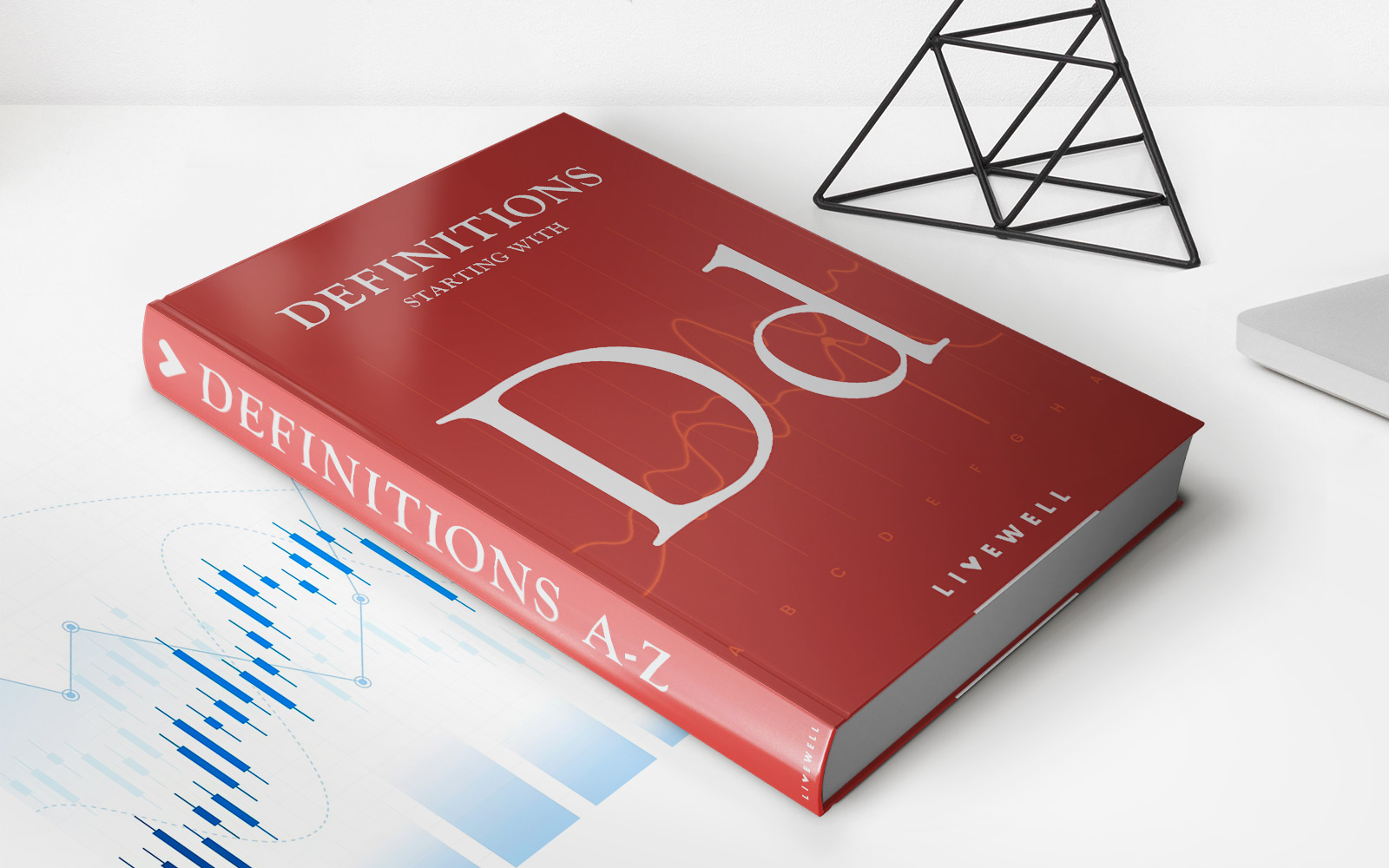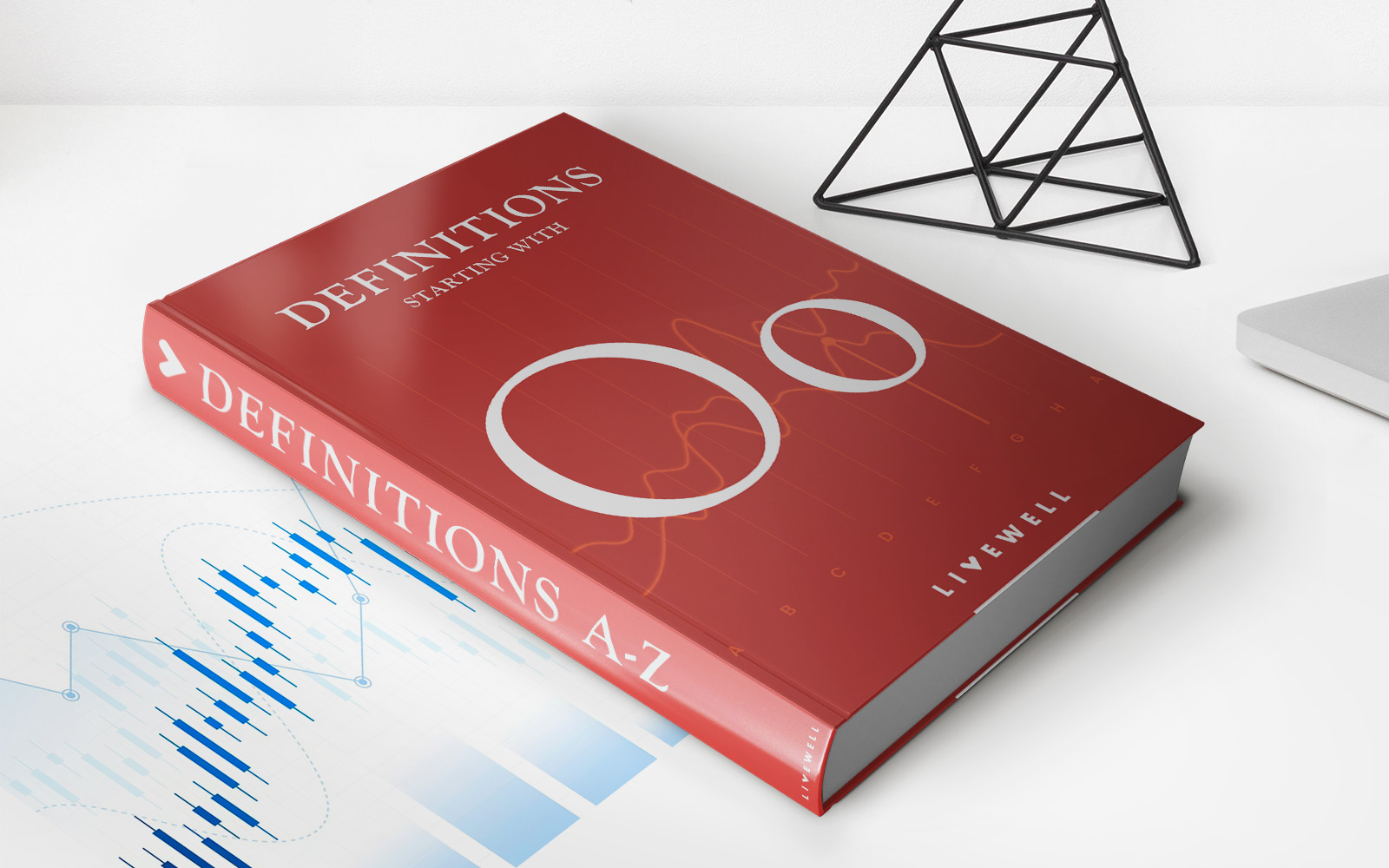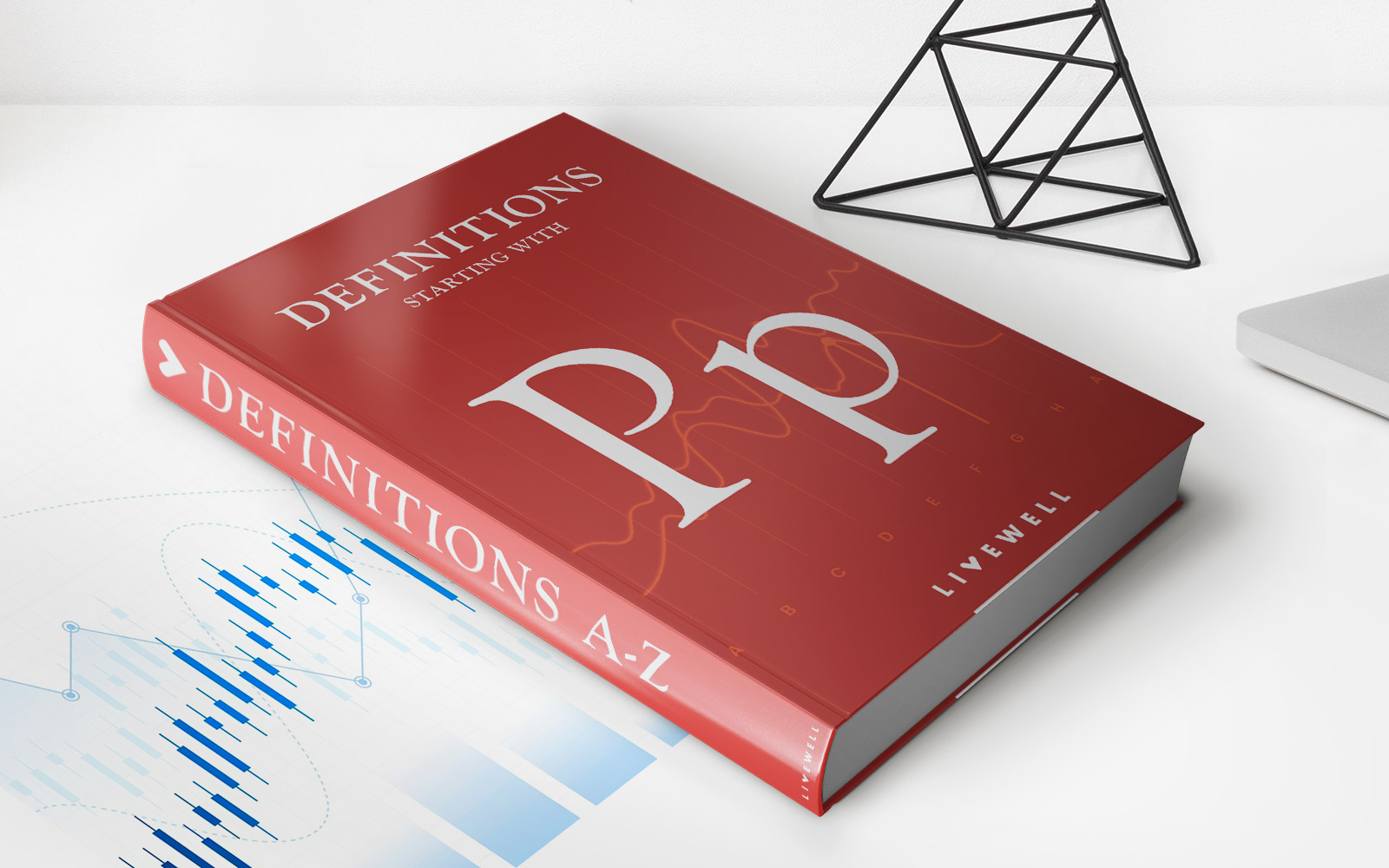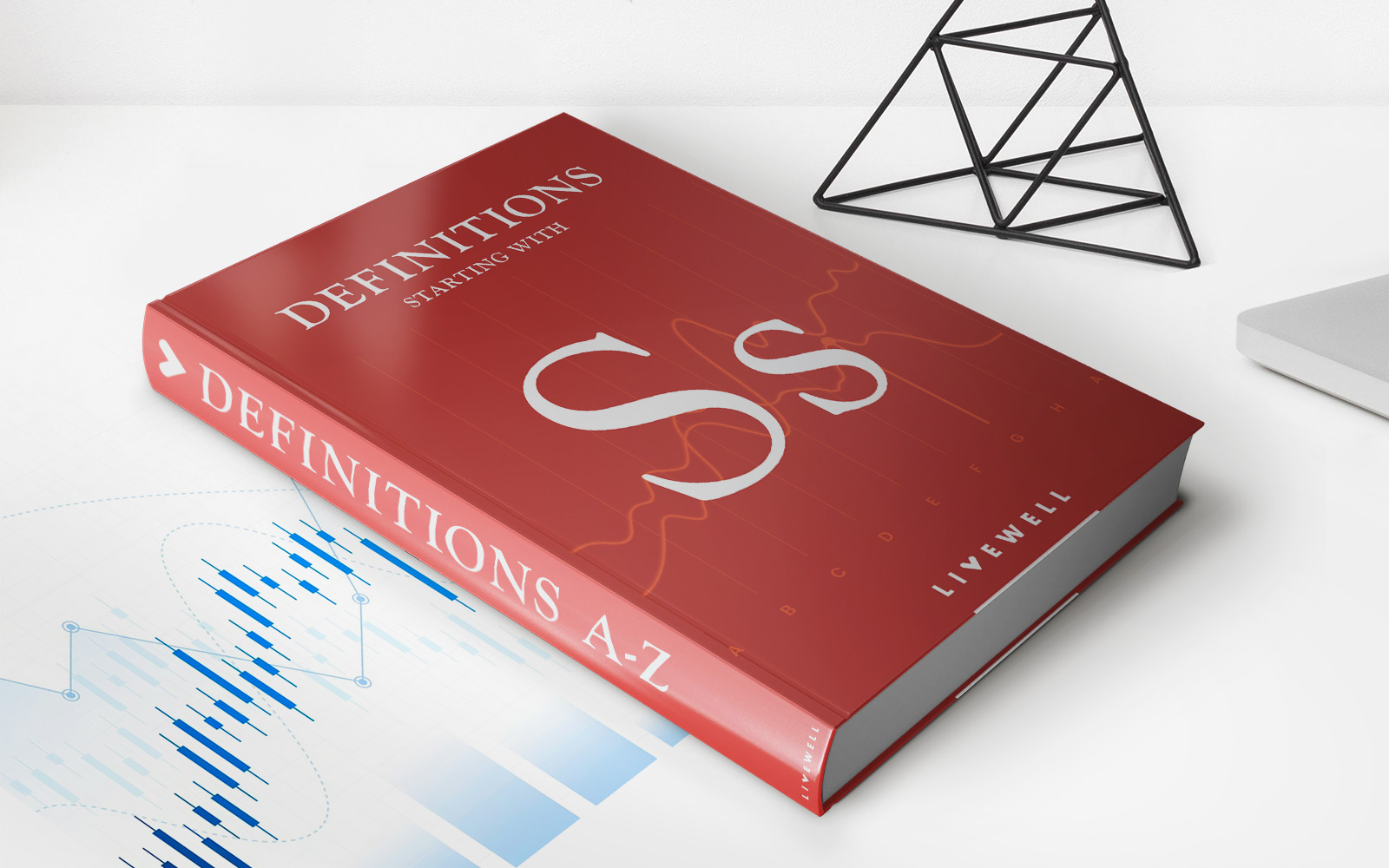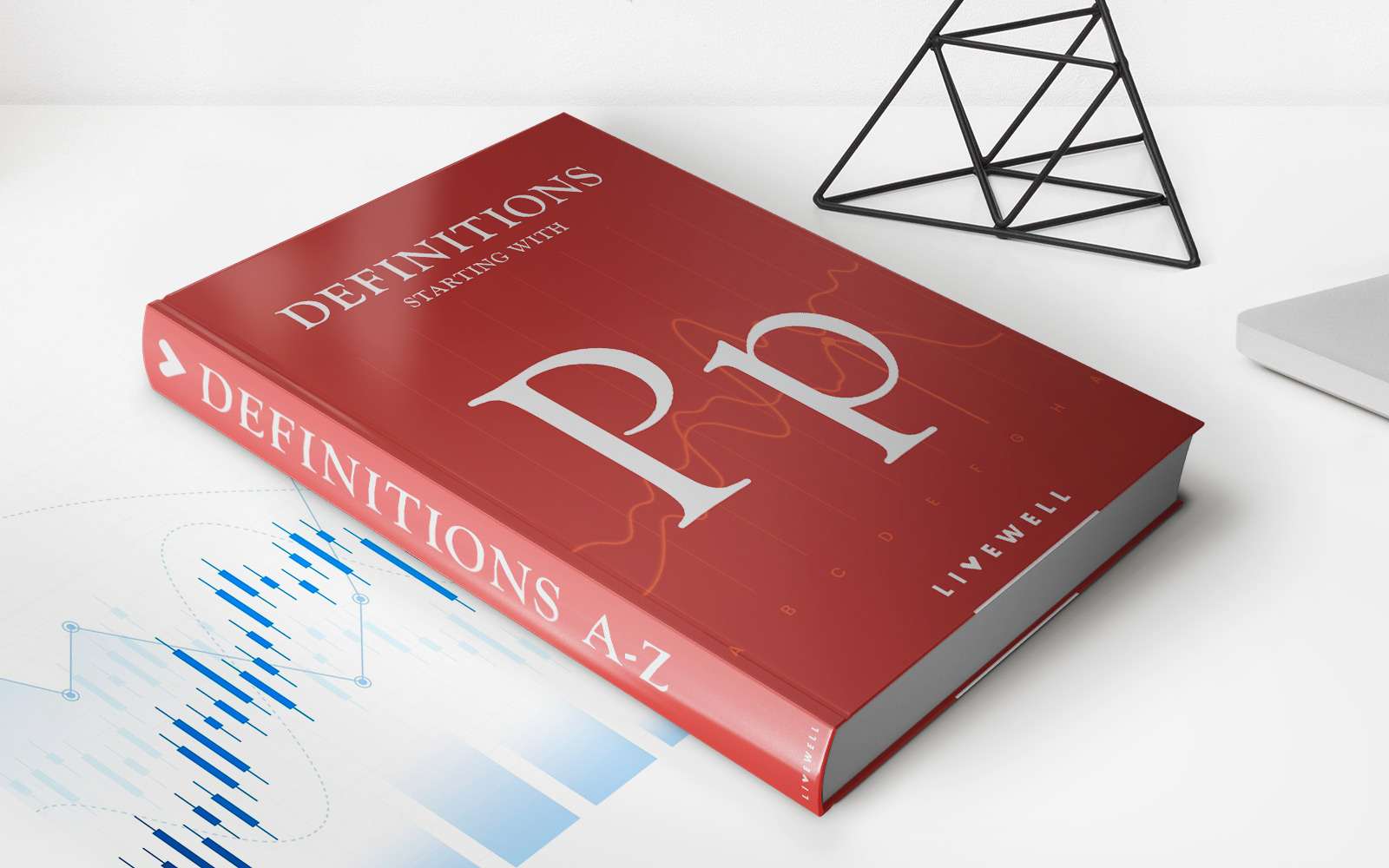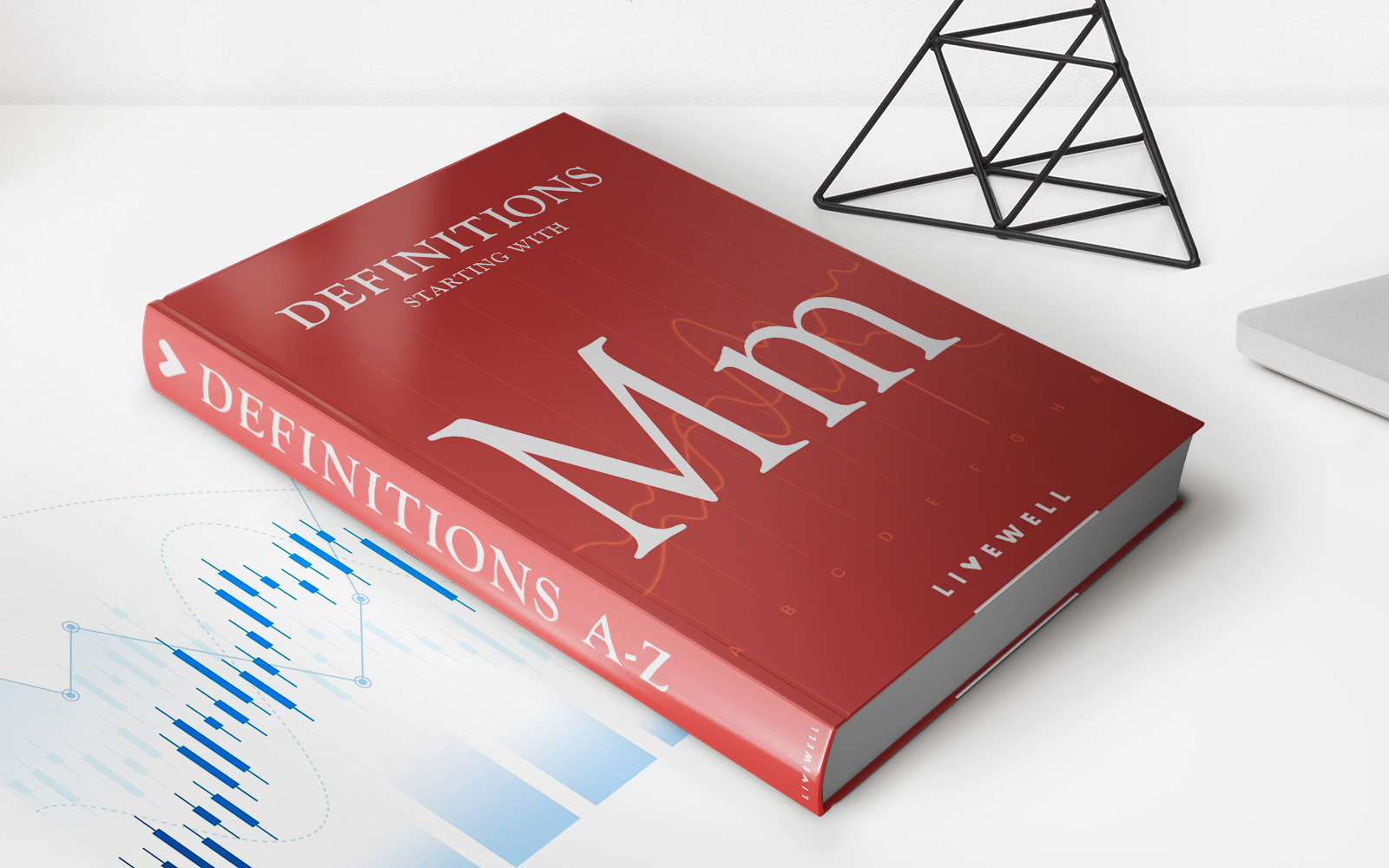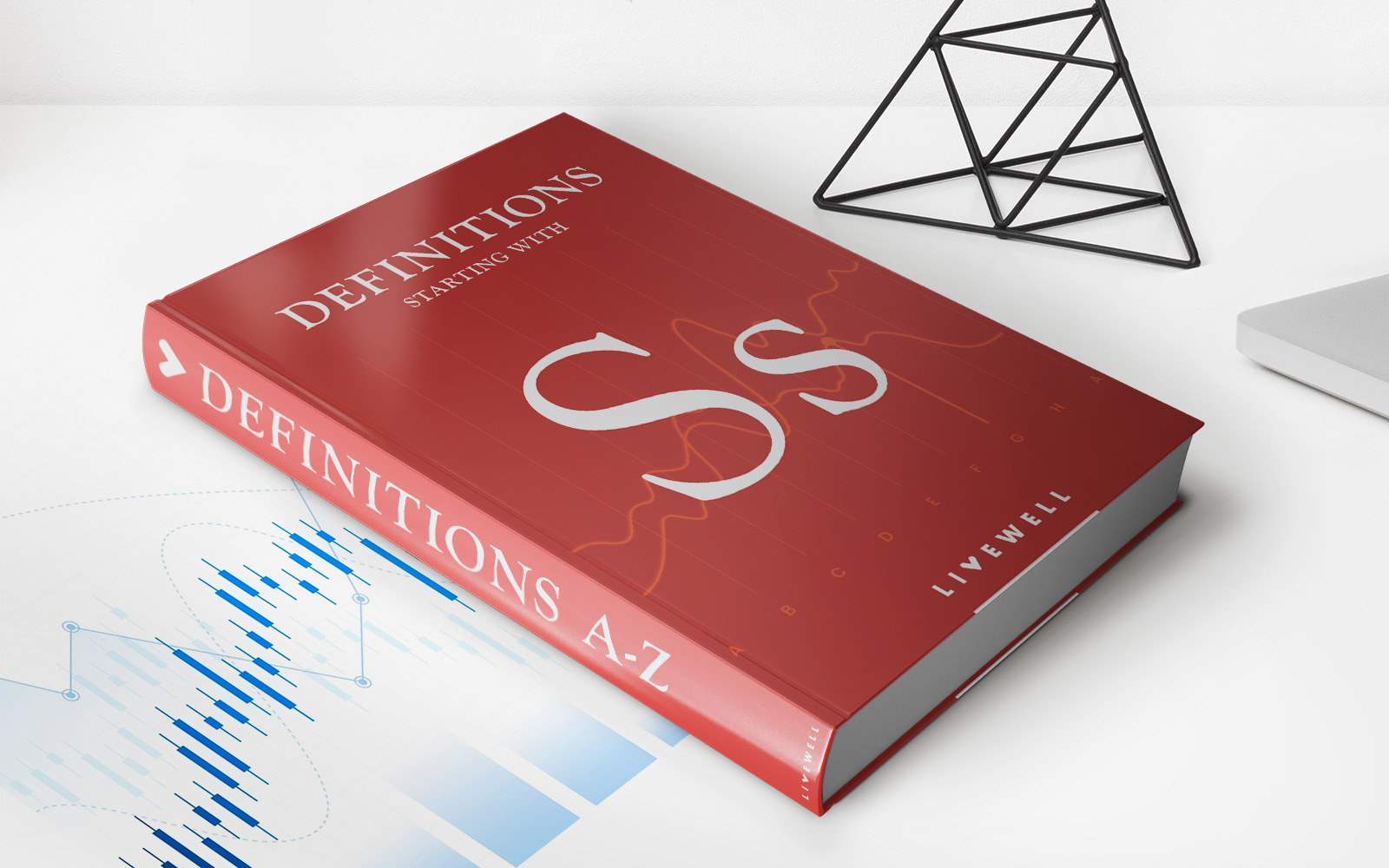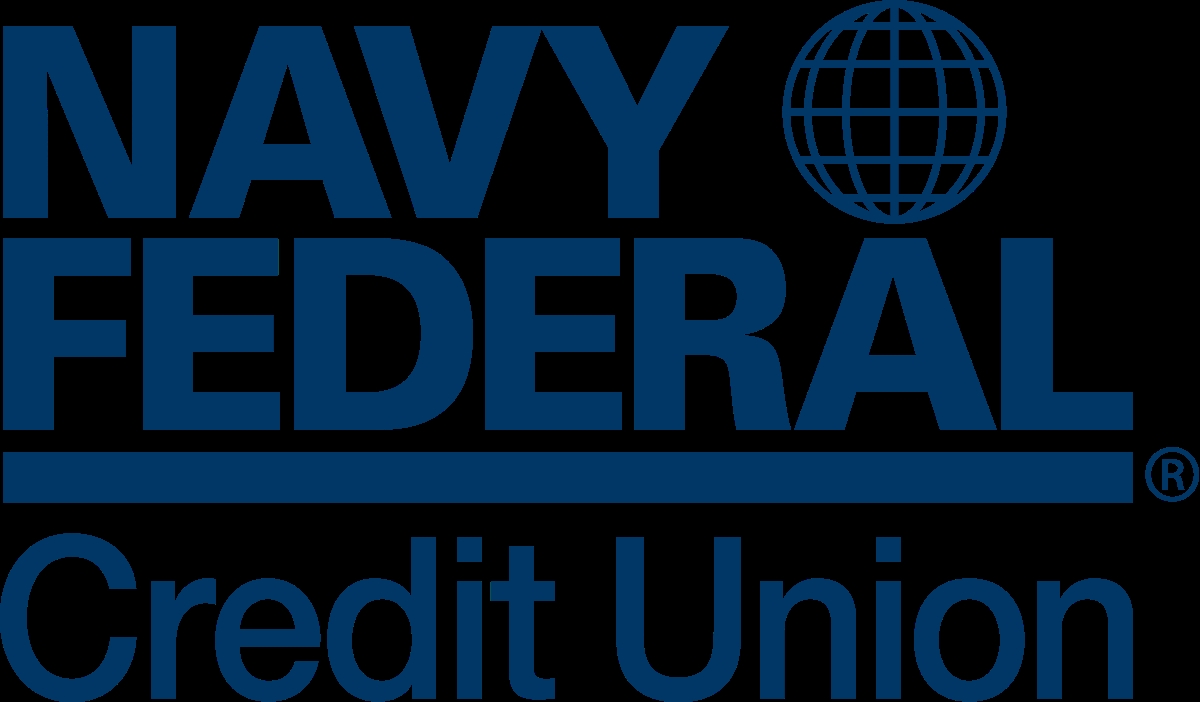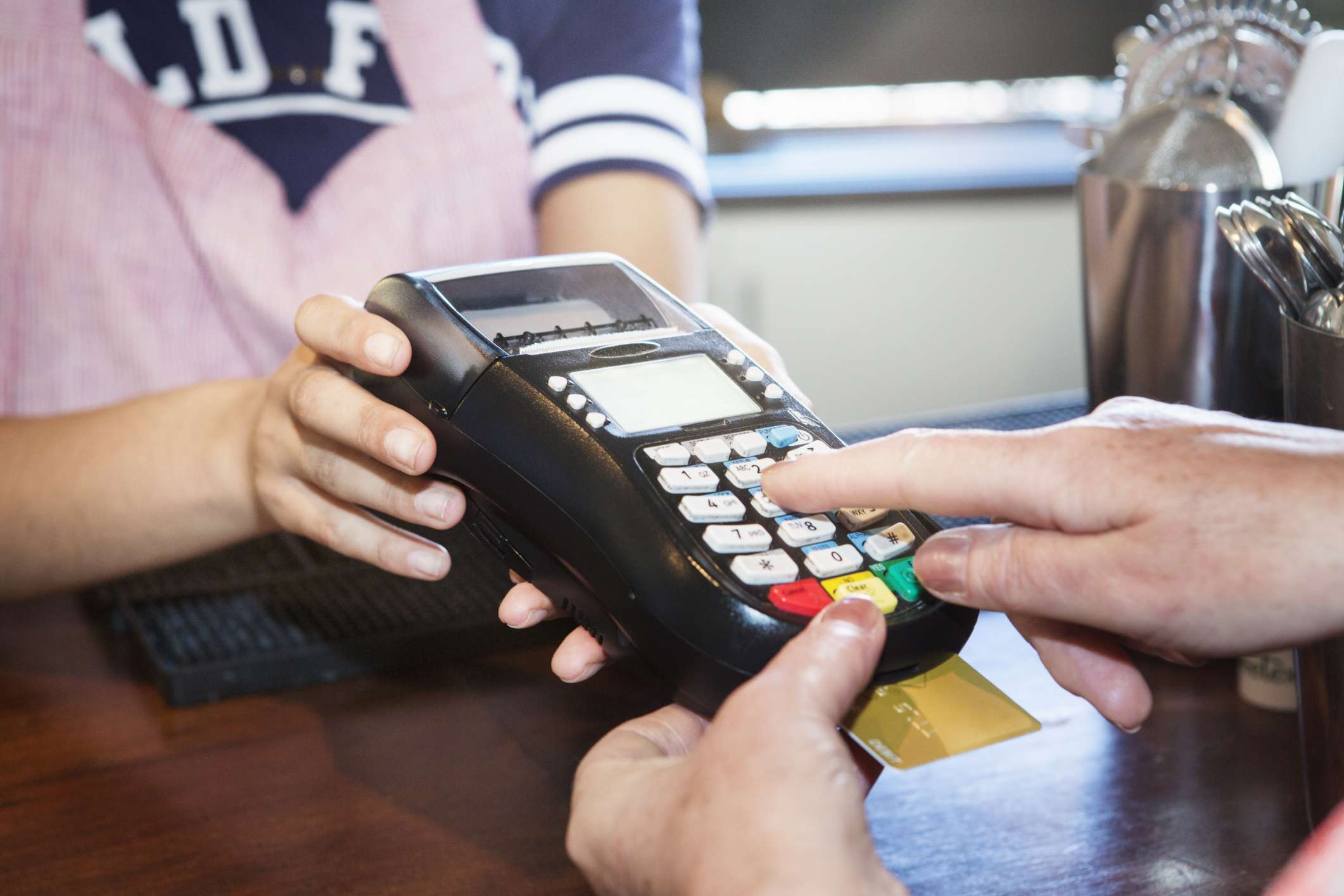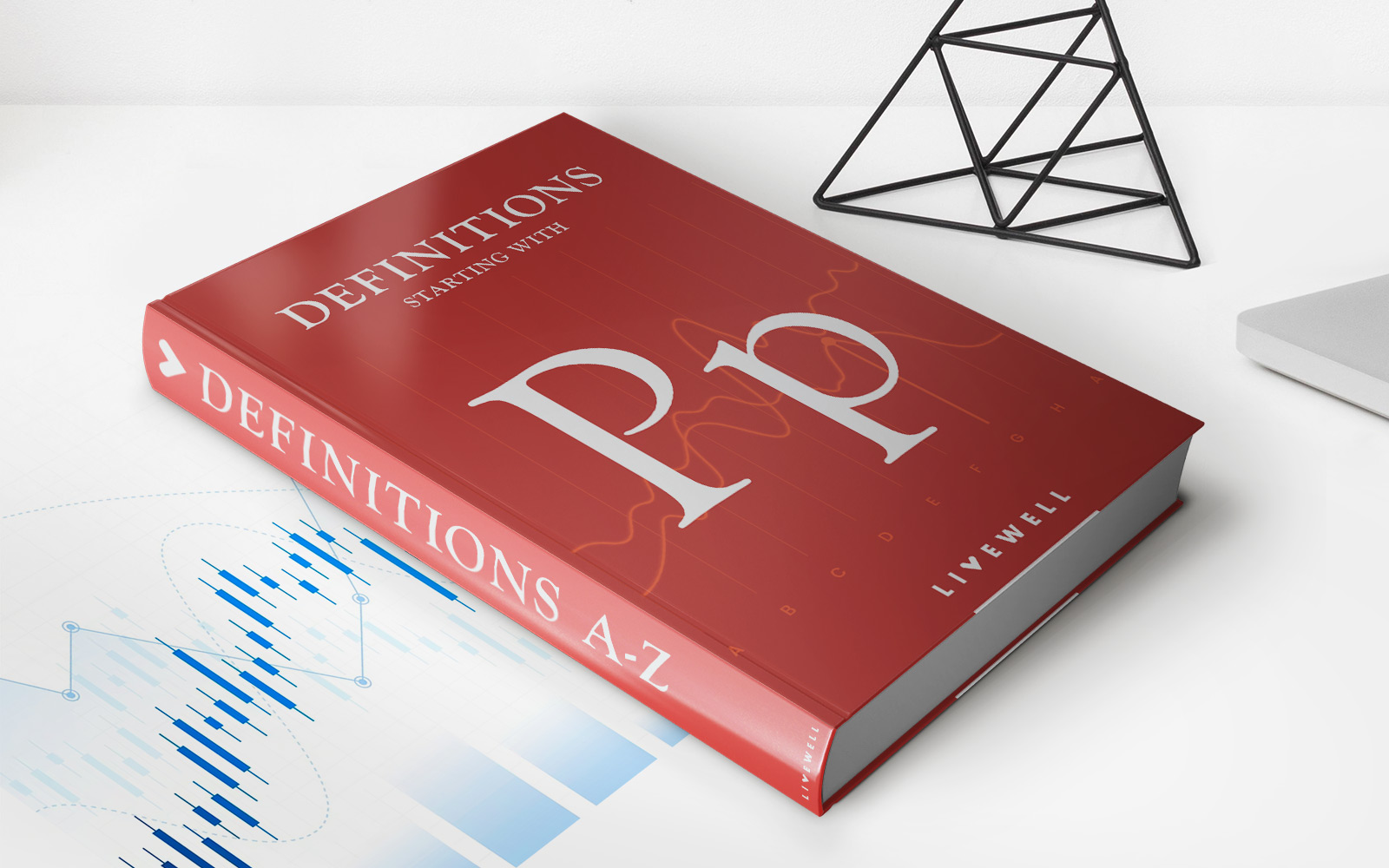

Finance
Price Creep Definition And Example
Published: January 10, 2024
Discover the meaning of price creep in finance and explore an example of its impact. Gain insights into how this phenomenon can affect your financial decisions.
(Many of the links in this article redirect to a specific reviewed product. Your purchase of these products through affiliate links helps to generate commission for LiveWell, at no extra cost. Learn more)
Understanding Price Creep: Definition and Example
Welcome to our finance blog! In today’s post, we will dive into the concept of price creep, explaining what it means and providing you with a real-life example. If you’ve ever wondered how prices gradually increase over time, this is the article for you. So, let’s start by defining price creep.
What is Price Creep?
Price creep refers to the gradual increase in prices for goods and services over time. It is a phenomenon familiar to many consumers, as they notice prices inching up a little more each time they make a purchase. This upward trend may seem insignificant at first, but over time, it can have a significant impact on your wallet.
Example of Price Creep:
Let’s say you visit your favorite coffee shop frequently and order your usual cup of coffee. Initially, a cup of coffee costs $2.50, which seems like a fair price. However, over the course of a few months, you notice the price gradually increases by 10 cents every two weeks. At first, it doesn’t bother you much, since it’s only a small amount. However, after a year, you realize that you are now paying $3.30 for that same cup of coffee.
Key Takeaways:
- Price creep refers to the gradual increase in prices for goods and services over time.
- Consumers may not notice the small price increments at first, but they can add up significantly in the long run.
Price creep can affect various aspects of our lives, from everyday purchases like coffee to larger expenses such as housing and transportation. Being aware of this phenomenon and its impact on your budget is crucial for making informed financial decisions. Here are a couple of key takeaways to remember:
- Monitor Prices: Keep an eye on the prices of goods and services you frequently purchase to identify any patterns of price creep. This will help you make informed choices and potentially find alternatives that offer better value for your money.
- Create a Budget: A well-planned budget can help you manage your expenses more effectively. By accounting for potential price creep, you can allocate funds accordingly and ensure you’re not caught off guard by unexpected price increases.
Remember, being proactive about managing your finances can make a significant difference in the long run. Stay informed, stay vigilant, and stay in control of your financial well-being!
